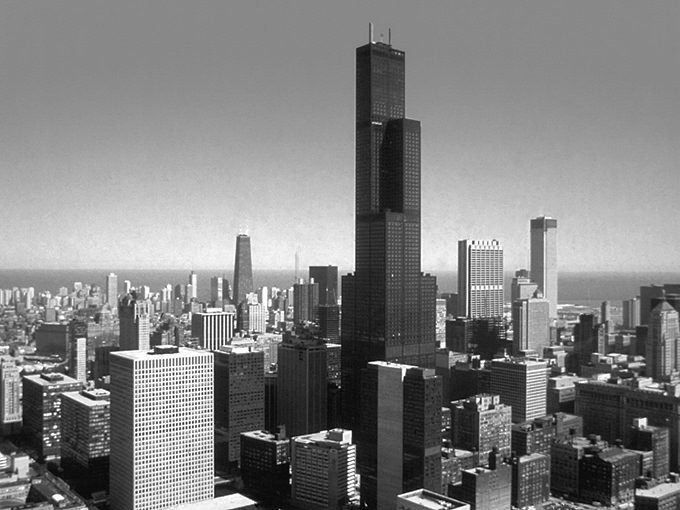
On the morning of September 11, 2001, Bill Baker, a structural engineer with the architecture firm Skidmore, Owings and Merrill (SOM), was at his office in downtown Chicago. SOM is the undisputed leader in skyscraper design, and, at least on the engineering side, Baker is its undisputed king. In the past 30 years, he has overseen or worked on six of the world’s 15 tallest buildings. But 9/11 was a bad day to be king: As the World Trade Center collapsed and rumors circulated about a rogue plane headed for the Sears Tower, Baker and his colleagues watched as the symbols of their profession became objects of terror.
A few days later, Baker and some of his co-workers drove to New York. The contractors at ground zero needed volunteer engineers to help take apart the towers. “They broke up the site into four zones,” he said. “Each zone had four structural-engineering teams, and we were the Chicago team.” As Baker picked through the rubble, it was hard not to question the future of high-rise architecture. One article in The Associated Press noted that architects were asking bluntly, “Should we ever build iconic skyscrapers again?”